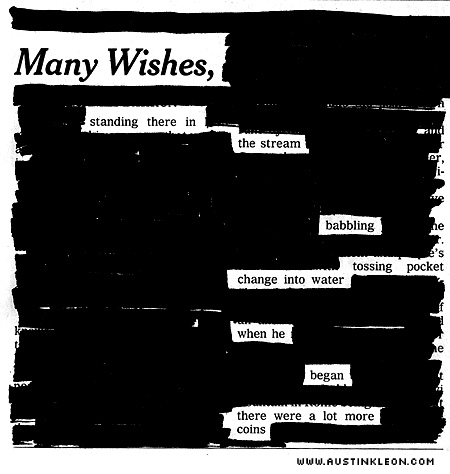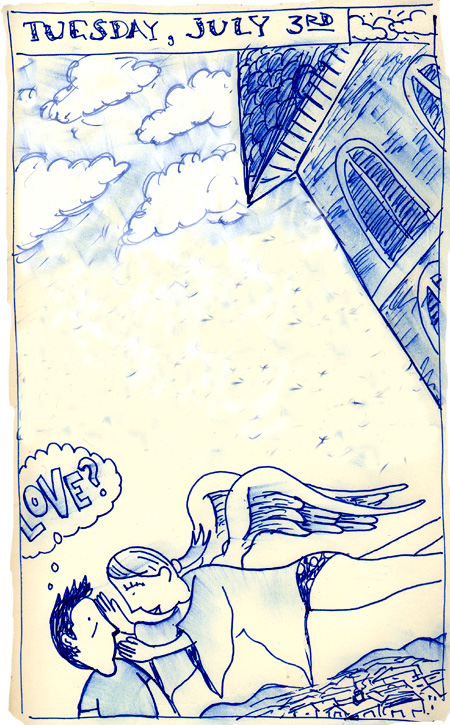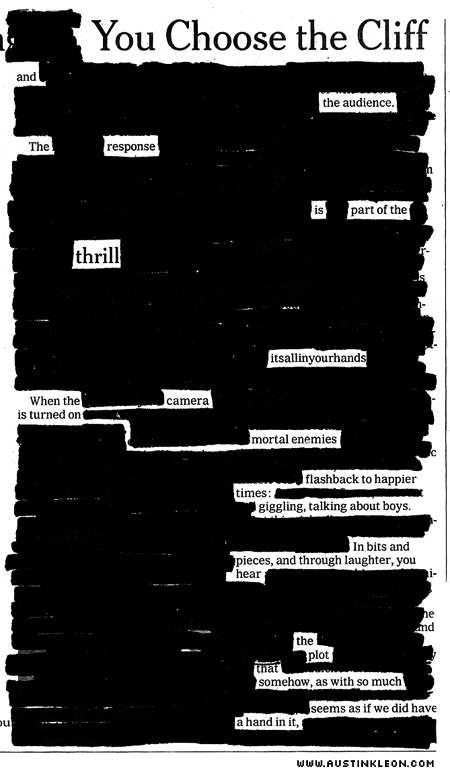
Here’s something that will cost you 50 cents and might save you that $1,000,000 idea: keep a dry-erase marker in your bathroom so you can make notes on your bathroom mirror. That way, the next time the muse visits in the shower or on the commode, you won’t lose her!
(The above is by no means a $1,000,000 idea. Merely a doodle, which can be just as nice.)
Also, if you are an artiste like Miranda July, people will call you a genius for doing stuff like this.



